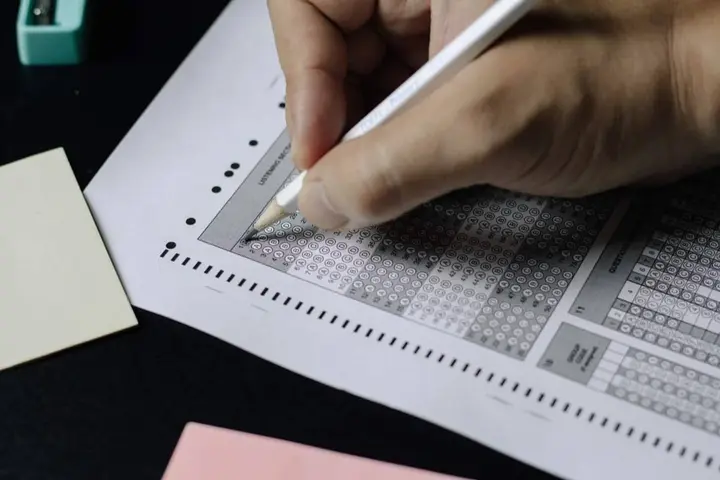Test optional? From paper to paperless, and more changes to the PSAT and SAT

The Northport Journal is proud to share the voices of our younger community members, as their thoughts and actions will help shape the future. Here, Northport High School junior and NoJo contributor Vivienne Cierski shares a piece on recently implemented changes to the PSAT, and how a test-optional policy could alter the college application process.
As a junior in high school, I took the first-ever digital PSAT this past October for which I had been preparing for months over the previous school year and the summer. This past August, the College Board announced that it will be implementing its new adaptable and entirely digital testing for all PSAT and SAT sites. The mandatory shift from paper to paperless has already been applied throughout this October in all schools and all testing locations administering the PSAT. The SAT is expected to go fully digital in the spring of 2024 after the last November and December paper exams are administered.
In addition to the change of the administration of the test, its format has shifted greatly away from the traditional. Now, both the SAT and PSAT will be two hours and 14 minutes, effectively trimming 46 minutes and 56 questions off of the paper-based standard time. Every reading passage will now be fewer than 100 words, with only one question corresponding to it, rather than the 700+ word passages with multiple questions (up to ten) of the past. In the math modules, students will now be able to use a calculator, and a Desmos calculator – the approved online calculator application – will be accessible in the program.
These changes in the test can offer many benefits, not only to the students taking the test but the graders, proctors, and testing sites offering the exams. Digital testing means flexibility in times and locations, with the added advantages associated with scores coming back quicker. However, the advantages of the digital version of the test are not the only thing to consider about the update. The PSAT and SAT are now also adding an “adaptive” feature to their tests. In short, the test will have two modules for both the reading and math sections.
The first module will have questions that are of easy to medium difficulties. After this module is over, the answers given will be scored, and depending on how the student scored on the first module, they will either be given module A or module B for the next section. Module A is all medium to difficult questions while module B is easier questions. The student will not know which module they had been put into until their scores are given. The College Board explained that this change to the traditional test would evaluate students more accurately and precisely, but if a student does poorly on the first module and gets put in module B, there is a cap on how high of a score they can get.
This new feature, coupled with the shorter reading passages and increased time, has led many in the academic community to believe that these new tests are less challenging, and will be an insufficient measure of a student's critical thinking and logic skills – both things that the PSAT and SAT were intended to measure.
In younger age groups, students and their parents have been given the opportunity to opt-out of the state’s standardized tests designed to assess their cognitive abilities, problem-solving skills, and look for any notable deficiencies or increased aptitude in reading, writing, and math. The reasoning for this change was further strengthened after the Covid-19 pandemic, when administrations began to rethink the fairness and effectiveness of standardized tests, especially for those students whose educations had been impacted by the pandemic and those learning in struggling school systems.
On a larger scale, many colleges and universities have also decided to make submitting test scores optional during the application process, citing that it gives students the ability to decide if they feel the scores are an accurate reflection of their academic ability. Although many competitive schools still do require test scores to be submitted, in the fall of 2024, 1,900 schools across the country will adopt and function under the test-optional policy and not require applicants to submit scores for admissions.
The SAT has been in the past a trusted way to numerically see how students use logic and reasoning, under pressure and time constraints, and see how they fare against the odds.
In the end, the College Board is a business that wants more people to take the SAT, PSAT, and ACT, especially since the number of test takers has dropped significantly since Covid. These tests in the past have been huge reference points on college applications; at test-optional schools, and with these changes, only time will tell if their role in the application process will continue to be valued.
Don’t miss a story
Get the latest news delivered to your inbox.








